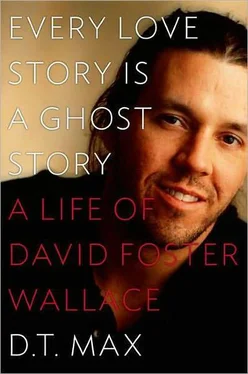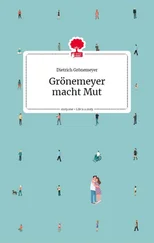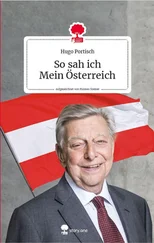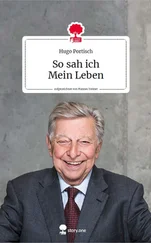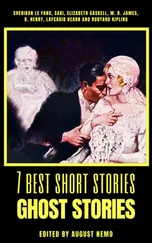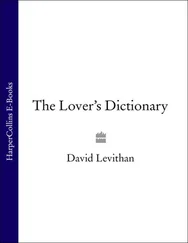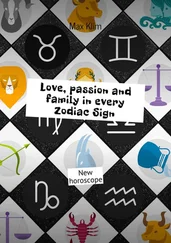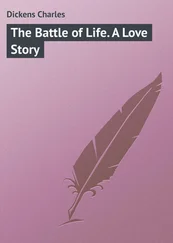To underpin this note, Wallace quoted the saddest story of all, one that had been in the news just before departure:
Some weeks before I underwent my own Luxury Cruise, a sixteen-year-old male did a half gainer off the upper deck of a Megaship. The news version of the suicide was that it had been an unhappy adolescent love thing, a ship-board romance gone bad. But I think part of it was something no news story could cover. There’s something about a mass-market Luxury Cruise that’s unbearably sad. Like most unbearably sad things, it seems incredibly elusive and complex in its causes yet simple in its effect: on board the Nadir (especially at night, when all the ship’s structured fun and reassurances and gaiety ceased) I felt despair. The word “despair” is overused and banalized now, but it’s a serious word, and I’m using it seriously. It’s close to what people call dread or angst, but it’s not these things, quite. It’s more like wanting to die in order to escape the unbearable sadness of knowing I’m small and weak and selfish and going, without doubt, to die. It’s wanting to jump overboard. 8
In April 1995 Infinite Jest was back on Wallace’s desk — Pietsch had had the novel set in sample type again and realized the book was still too many pages. He sent a list of possible new cuts. To DeLillo, whom he increasingly turned to as his authority on literary matters, Wallace voiced a growing worry:
I am uncomfortable about making cuts for commercial reasons — it seems slutty — but on the other hand LB is taking a big gamble publishing something this long and this hard and I feel some obligation not to be a p.-donna and fuck them over. Maybe I’m writing because I want your general aestheto-ethical imput on this. I don’t know.
He added that he would probably wind up “cutting 40 % of what they ask and making the font slightly smaller and hoping to fool them.” DeLillo wrote back that he had to follow his instincts; as Wallace summarized his advice back to Pietsch, when “you feel incipient bladder tumors at the thought of cutting something don’t cut it.”
The edits Wallace agreed to left Pietsch in, as he wrote Wallace in mid-May, “a state of editorial ecstasy…the veil lifted.” But ten days later he was back with more unwelcome news. “Here’s what happened,” he wrote Wallace, “I got to the end of Infinite Jest Friday a week ago and mailed that letter to you. Then over the weekend I was struck by the realization that I hadn’t actually edited the manuscript yet. Only now do I feel that I know the novel well enough to make more detailed suggestions.” Anticipating his author’s response, he added, “I know this is harrowing for you, but I believe that this is the work you want me to do. This is my best editing, David.”
A new round of editing followed, focusing on the first five hundred pages. “I’m prepared to thumbwrestle you over every one of these cuts,” Pietsch challenged Wallace, having absorbed the latter’s language of playful combat. He chopped at endnotes, and went after more of the “interAmerican huggermugger” in the back, where Wallace had stashed it. Wallace quickly responded to the edits, as he did when agitated, with a circle signifying “total acquiescence to demand” and a dash meaning “bared teeth,” “dickering,” or that a proposed cut had to be discussed on the phone.
Pietsch was also still worried about how the parts fit together. This was a novel in which, with the possible exception of Gately’s story, the plot reaches no conclusion. You don’t know for sure if the terrorists find the lethal cartridge. The reader never learns what drove Hal mad. Is Avril Incandenza an agent for the Quebecois terrorists? There were hints that she and John “No Relation” Wayne, 9the top player in the school, both were. Wallace insisted that the answers all existed, but just past the last page. The novel continued in time in the reader’s mind — that is, it meant for it to have the trajectory of a “broad arc” rather than a Freytagian triangle. Pietsch asked for one clarification now. He wanted some indication of the fate of Orin Incandenza, who may be responsible for sending out the lethal cartridge to get back at his mother.
Wallace, amid all the cutting and rewriting, gave it a try. “Potential insertion into page 1229 about which I’m not exactly qualmless,” he faxed Pietsch on June 11 and sent a scene, with overtones of 1984 , in which Quebecois terrorists trap Orin under a surreally massive inverted “tumbler” and unloose roaches on him — his “special conscious horror.” The goal is to suffocate him — a fate similar to that which he inflicted on the roaches infesting his bathroom several hundred pages earlier.
Another set of alterations was forced by a phone call. In May, Mary Karr, who had read some of the portions of the novel serialized in magazines, called Pietsch to point out that many of the Ennet House scenes were taken either from what Wallace heard or saw at Granada House and in recovery meetings, where conversations were supposed to be private. For Wallace, an accusation of this sort could elicit maximum anxiety, the threat of new exposure and problems. He might find himself once again in Girl with Curious Hair territory. But this time things went far more smoothly. He changed some names in the manuscript, altered other details, and added a strongly worded but evasive denial to the copyright page that the events in the novel were disclosed at confidential recovery meetings. 10
Wallace flew to New York once more at the end of June with the manuscript in a box on his lap. Kymberly Harris came with him this time. Their relationship had revived in the spring. Wallace had even requested a sit-down with her parents and, arriving highly nervous, asked if it would be okay for Kymberly to live with him. “David is asking for my thumb,” she joked. The Harrises gave their consent, amused by Wallace’s formality, but he had been serious, in a way; a midwestern rigor in certain matters was still within him and this was a major step in his mind. Kymberly had moved in with her clothes and furniture in April, but, now just a couple of months later, she planned to audition for the Actors Studio in New York. Wallace dropped in on Pietsch and handed off his bundle and was back in Bloomington a week later. Soon after, the Actors Studio wrote Kymberly to say she had been accepted. Wallace pronounced himself thrilled, delighted that she had gotten into the “Yale Medical School of Acting,” then, quickly less thrilled, asked her to wait a year before she went east. At first she agreed, but by August she realized that the more deeply she got involved with Wallace the less likely she would be ever to leave Bloomington. She told him she was going to New York, with him or not, and four friends came and moved her and her things out, leaving him the silver velour recliner, Jeeves, his old bed, and little else.
Soon Wallace found other companionship. One day he was out jogging and a dog appeared by his side. Wallace realized it was a stray and decided to take it home. “The Drone,” as he named him after the mythic club in P. G. Wodehouse’s novels, was a black Lab mix, as Jeeves was. 11He was more rebellious than Jeeves, less of a house pet. 12Together the two ruled the house, their chew toys and fur everywhere. Their water came from the cooler. If Wallace was away for more than a few hours, he brought in a sitter.
To Wallace’s surprise, Little, Brown had already produced a brochure with a short piece by Wallace on writing and a brief excerpt from the novel and distributed it at the annual booksellers’ convention in late spring. And just a few weeks after he brought his final manuscript to New York with Harris, Pietsch sent him bound copies for subsidiary rights sales and prepublication quotes. After discussion, the cover was a picture of blue sky with puffs of clouds. It was inspired by the “wallpaper scheme” of the administrative offices’ waiting room at the tennis academy that incites Hal’s agoraphobia, with its “fluffy cumuli arrayed patternlessly against an overenhancedly blue sky.” 13Wallace wrote to DeLillo that the book had “a cover that’s (troublingly, to me) identical to the passenger safety card on American Airlines flights.”
Читать дальше
